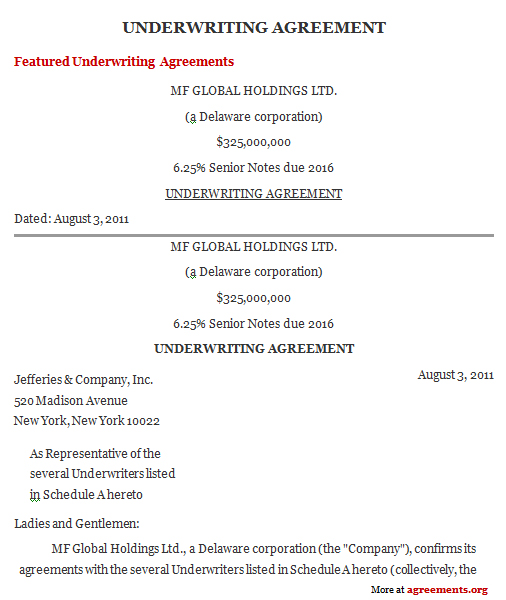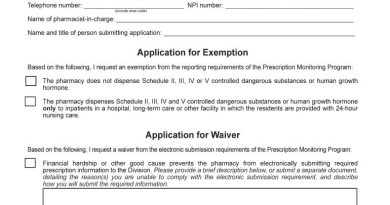Underwriting Agreement Meaning and Types

Contents
Underwriting Agreement: Meaning and Types
What Is an Underwriting Agreement?
An underwriting agreement is a contract between a group of investment bankers, called an underwriting group or syndicate, and the issuing corporation of new securities.
Key Takeaways
- An underwriting agreement takes place between a syndicate of investment bankers and the issuing corporation of new securities.
- The agreement ensures everyone understands their responsibility in the process.
- The contract outlines the underwriting group’s commitment to purchase the new securities, the agreed-upon price, the initial resale price, and the settlement date.
- There are several ways of structuring an underwriting agreement including best efforts and firm commitment, among others.
Understanding Underwriting Agreement
The purpose of the underwriting agreement is to ensure that all participants understand their responsibility, minimizing potential conflict. The agreement may also be referred to as an underwriting contract.
It is generally between the issuing corporation and the syndicate of investment bankers. A syndicate is a temporary group formed to handle large financial transactions.
The underwriting agreement contains transaction details, including the underwriting group’s commitment to purchase the new securities, the agreed-upon price, the initial resale price, and the settlement date.
A best-efforts underwriting agreement is mainly used for the sales of high-risk securities.
Types of Underwriting Agreements
There are several types of underwriting agreements: firm commitment, best efforts, mini-maxi, all or none, and standby.
- Firm Commitment: In a firm commitment, the underwriter guarantees to purchase all securities offered for sale by the issuer. They put their own money at risk if they can’t sell the securities to investors. Underwriters often include a market out clause to protect themselves.
- Best Efforts: Underwriters do their best to sell all the securities offered, but they aren’t obligated to purchase the securities for their own account.
- Mini-Maxi: A mini-maxi agreement becomes effective once a minimum amount of securities is sold. Funds collected are held in escrow until the underwriting is completed. If the minimum is not reached, the offering is canceled.
- All or None: The issuer must receive proceeds from the sale of all securities. Funds are held in escrow until all securities are sold.
- Standby Underwriting: Used with preemptive rights offerings, the standby underwriter agrees to purchase shares that current shareholders do not. The securities are then resold to the public.



